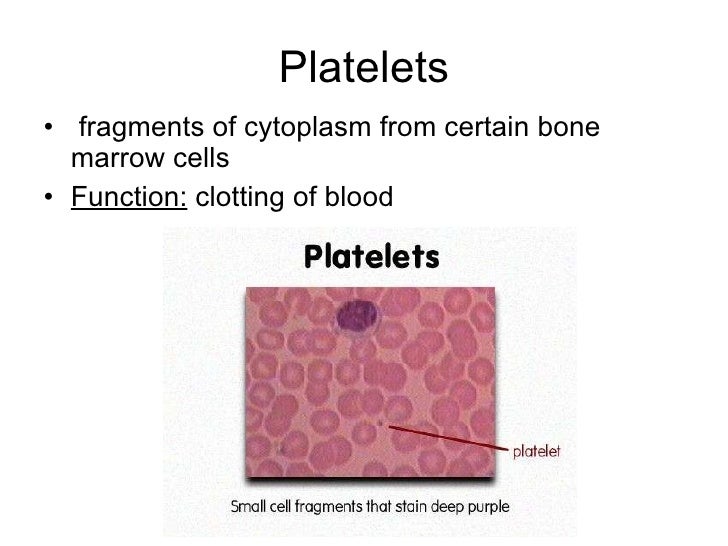
The nucleus has a distinct lobed appearance and may have two to five lobes, the number increasing with the age of the cell. The granules are numerous but quite fine and normally appear light lilac. They are called neutrophils because their granules show up most clearly with stains that are chemically neutral (neither acidic nor basic). They are 10–12 µm in diameter, significantly larger than erythrocytes. The most common of all the leukocytes, neutrophils will normally comprise 50–70 percent of total leukocyte count. A basophil has large granules that stain dark blue to purple and a two-lobed nucleus. An eosinophil’s granules are slightly larger and stain reddish-orange, and its nucleus has two to three lobes. In clinical medicine, the differential counts of the types and percentages of leukocytes present are often key indicators in making a diagnosis and selecting a treatment.Ī neutrophil has small granules that stain light lilac and a nucleus with two to five lobes. This attracting of leukocytes occurs because of positive chemotaxis (literally “movement in response to chemicals”), a phenomenon in which injured or infected cells and nearby leukocytes emit the equivalent of a chemical “911” call, attracting more leukocytes to the site. Others will move about through the tissue spaces very much like amoebas, continuously extending their plasma membranes, sometimes wandering freely, and sometimes moving toward the direction in which they are drawn by chemical signals. Once they have exited the capillaries, some leukocytes will take up fixed positions in lymphatic tissue, bone marrow, the spleen, the thymus, or other organs. As shown in, they leave the capillaries-the smallest blood vessels-or other small vessels through a process known as emigration (from the Latin for “removal”) or diapedesis (dia- = “through” -pedan = “to leap”) in which they squeeze through adjacent cells in a blood vessel wall. When they arrive, they are often given distinct names, such as macrophage or microglia, depending on their function. For leukocytes, the vascular network is simply a highway they travel and soon exit to reach their true destination. Whereas erythrocytes spend their days circulating within the blood vessels, leukocytes routinely leave the bloodstream to perform their defensive functions in the body’s tissues. One of the most distinctive characteristics of leukocytes is their movement. Most of these types have a much shorter lifespan than that of erythrocytes, some as short as a few hours or even a few minutes in the case of acute infection. And although there is just one type of erythrocyte, there are many types of leukocytes. They are also larger than erythrocytes and are the only formed elements that are complete cells, possessing a nucleus and organelles.

For instance, leukocytes are far less numerous than erythrocytes: Typically there are only 5000 to 10,000 per µL. Although leukocytes and erythrocytes both originate from hematopoietic stem cells in the bone marrow, they are very different from each other in many significant ways.


 0 kommentar(er)
0 kommentar(er)
